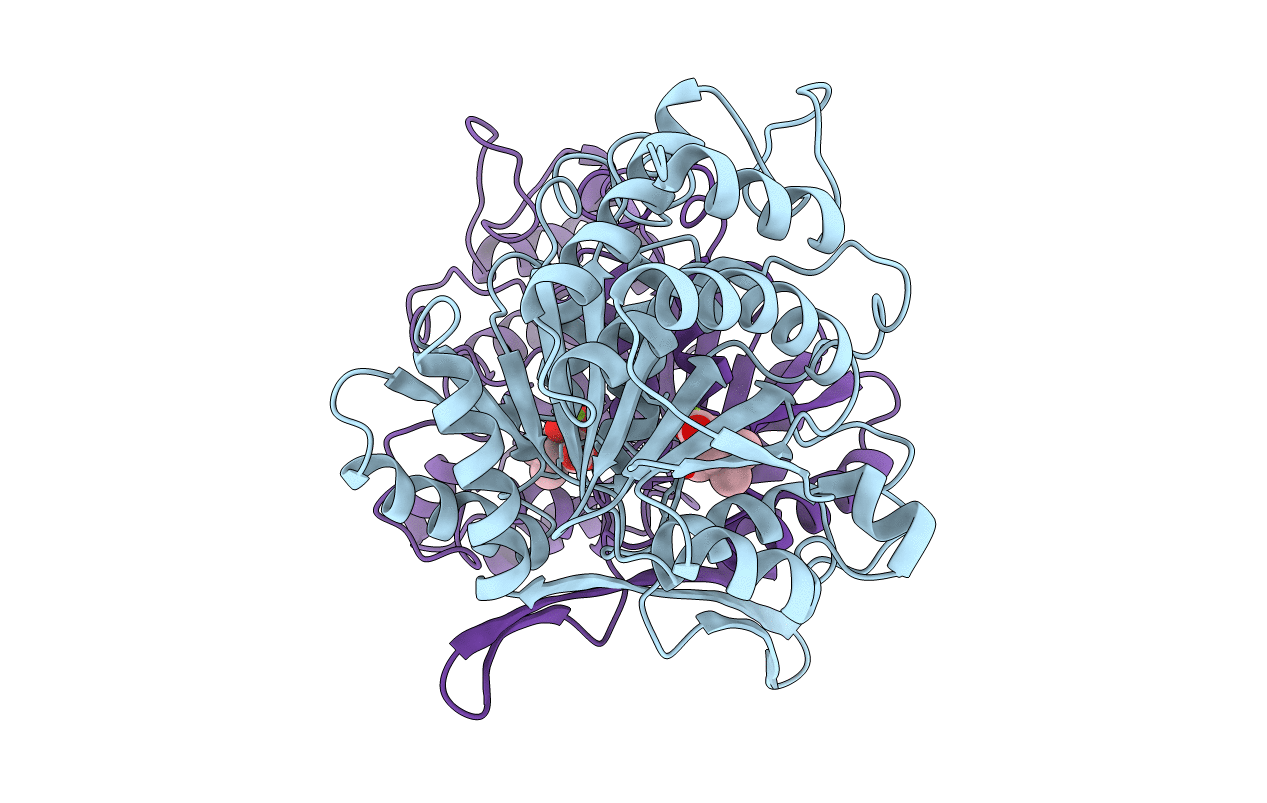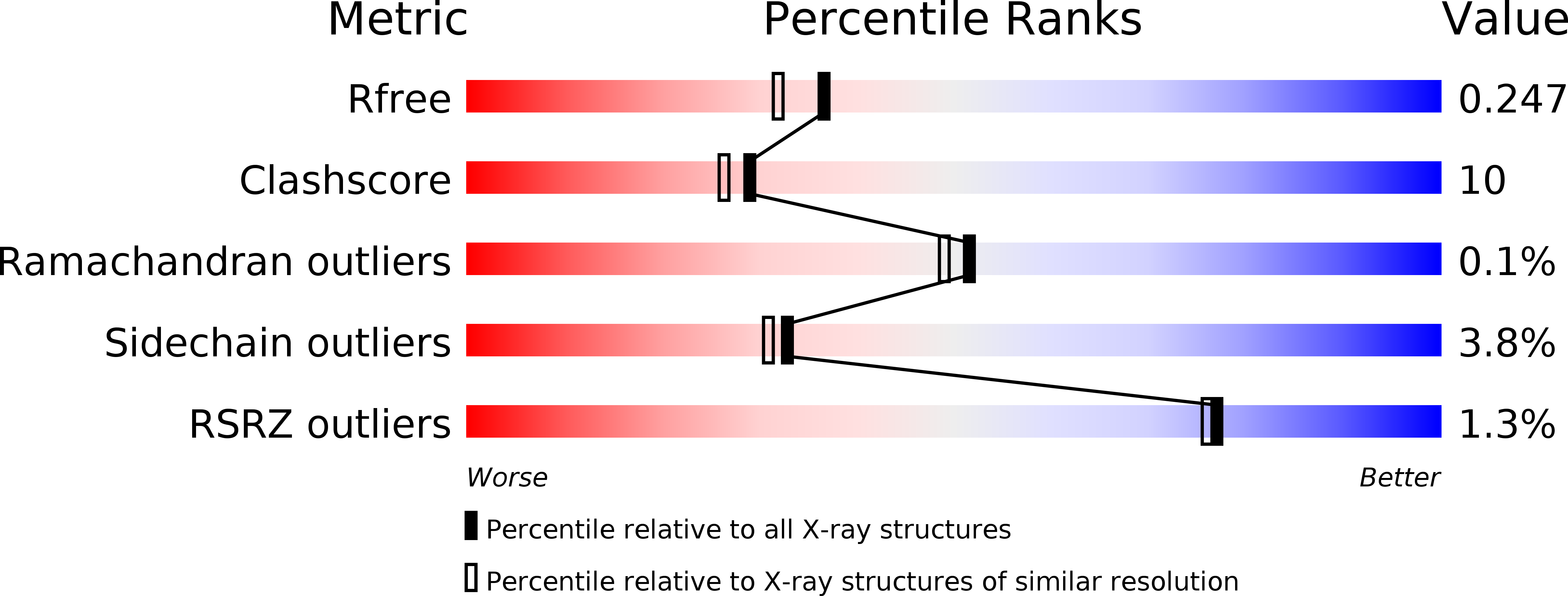
Deposition Date
1997-12-09
Release Date
1998-06-17
Last Version Date
2024-05-22
Entry Detail
PDB ID:
1A05
Keywords:
Title:
CRYSTAL STRUCTURE OF THE COMPLEX OF 3-ISOPROPYLMALATE DEHYDROGENASE FROM THIOBACILLUS FERROOXIDANS WITH 3-ISOPROPYLMALATE
Biological Source:
Source Organism:
Acidithiobacillus ferrooxidans (Taxon ID: 920)
Host Organism:
Method Details:
Experimental Method:
Resolution:
2.00 Å
R-Value Free:
0.27
R-Value Work:
0.19
R-Value Observed:
0.19
Space Group:
P 21 21 2


